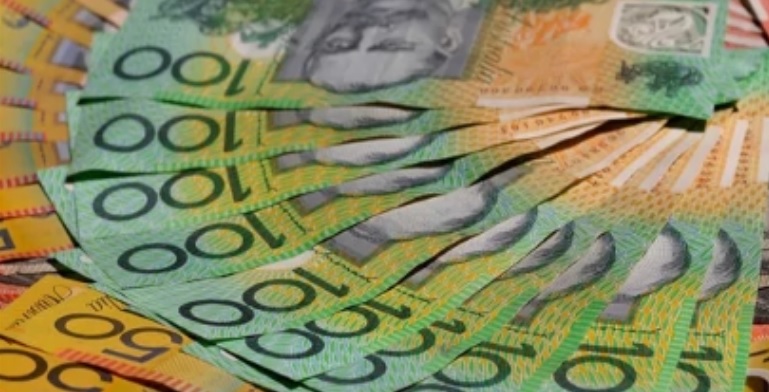Companies may find they have excess cash but see no opportunities for expansion. In this situation, they may want to participate in a buyback to use these funds which can increase their ownership. In this article we talk about what a share buyback is and why companies participate in them.
What is a share buyback?
Share buybacks occur when a company repurchases their own shares so they can gain back some ownership from shareholders. They do this by offering shareholders the market price for their shares.
Why do companies participate in share buyback?
Companies may think their shares are undervalued and want to use excess cash to buy back some of their shares. They can use this strategy to use this surplus cash instead of paying out dividends. By buying back the shares, the company can increase the share price. It can also show the public that management has confidence with their company as they are willing to use the firm’s funds to purchase their own stocks back.
Buybacks can also help improve the company’s financial ratios as the number of outstanding of shares is reduced. One ratio which can be improved with reduced outstanding shares is earnings per share (EPS). This ratio demonstrates how much profit is distributed to each outstanding share. Therefore, if there are less outstanding shares, then each shareholder receives more profit per share. Because the price per earnings ratio (market price per share/earnings per share) uses the EPS value, then this ratio is also affected by buybacks. When the EPS value is higher, then the price per earnings for the company is lower although there was no increase in earnings for the company. This can make the company look cheaper with a lower P/E multiple.
Another financial ratio which is improved is return of equity (ROE). This calculates the net income a shareholder receives compared to the shareholder equity. Buybacks reduce the assets on the balance sheet as outstanding shares are reduced. This in effect increases the return on equity as the net income is calculated on a smaller shareholder equity figure.
Buybacks can also lower takeover risk as excess cash has been used up to buy up more shares. This means that the company
trying to take over will have less money to use to buy the target company (the acquiring company can use the cash on the balance sheet of target company to use as funds to take over the company).
The ownership for each investor is increased when the number of outstanding shares is reduced. This can reverse the share dilution which may have taken place from share purchase plans.
Disadvantages of share buybacks
Buybacks can signify to investors that the company cannot see further opportunities for expansion, which could be seen as a negative. Also, using surplus cash to repurchase shares won’t leave the company with as much cash reserves in an economic downturn.
Buybacks can also be misleading as the earnings per share is increased as the number of shares outstanding has decreased. However, the company has not really increased their earnings.
Lauren Hua is a private client adviser at Fairmont Equities.
An 8-week FREE TRIAL to The Dynamic Investor can be found HERE.
Would you like us to call you when we have a great idea? Check out our services.
Disclaimer: The information in this article is general advice only. Read our full disclaimer HERE.
Like this article? Share it now on Facebook and Twitter!

